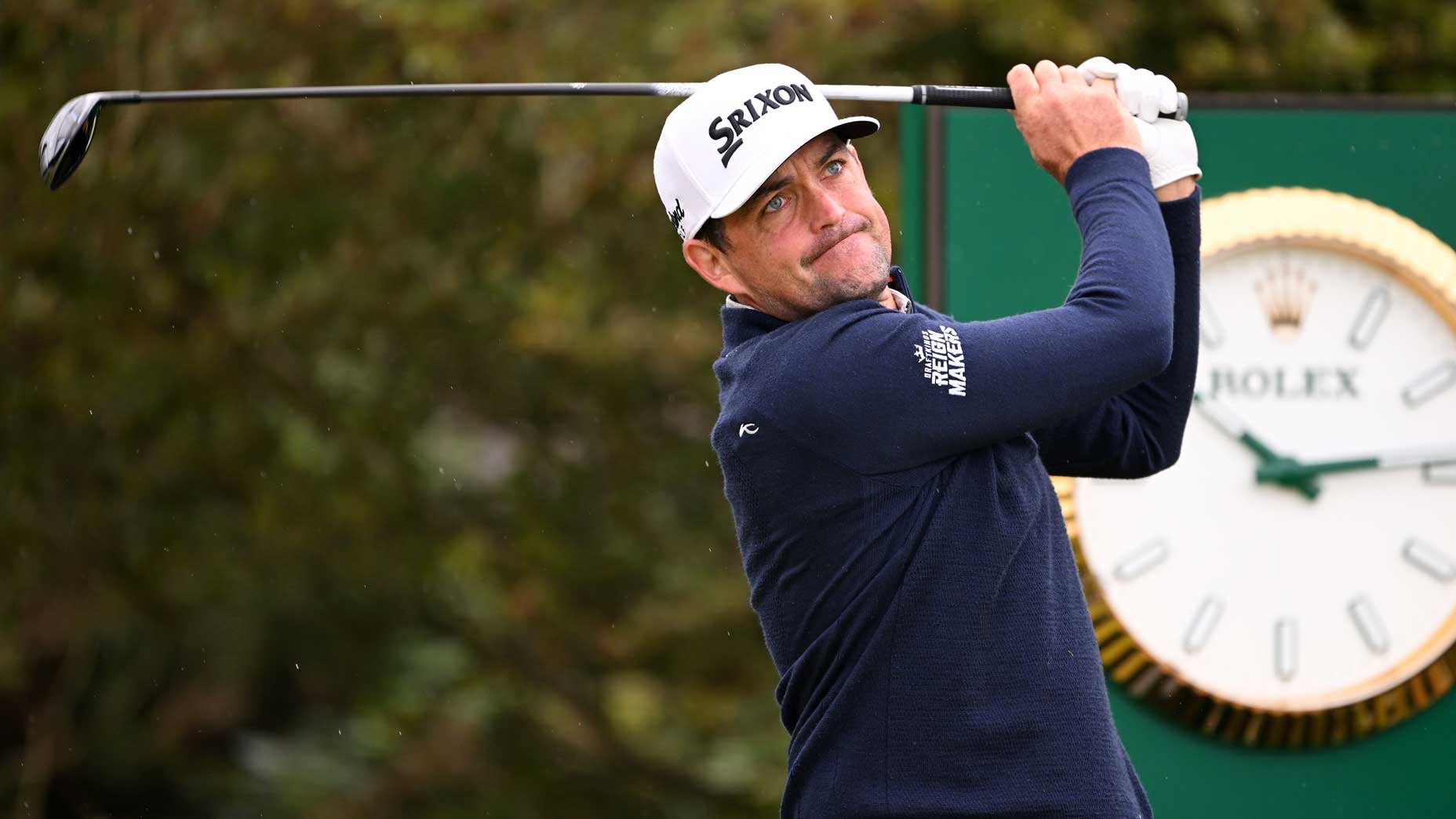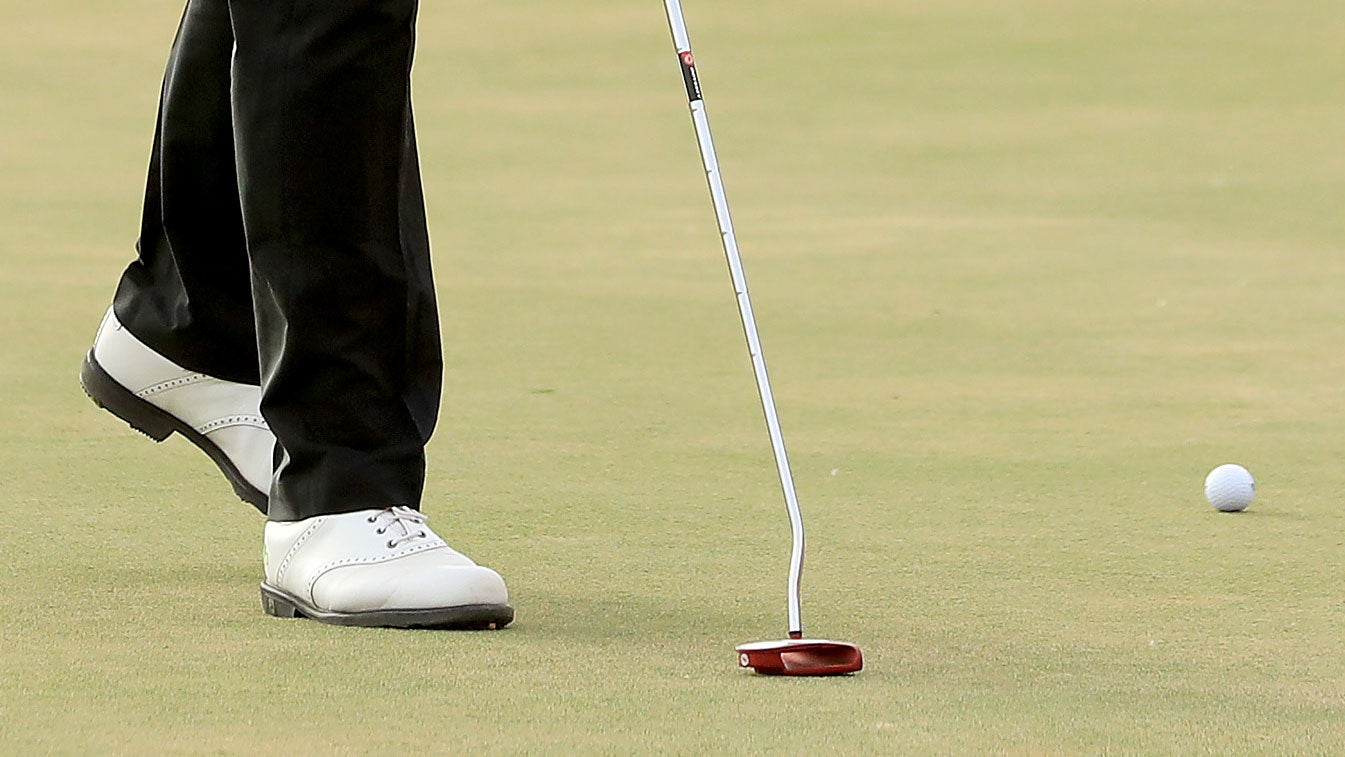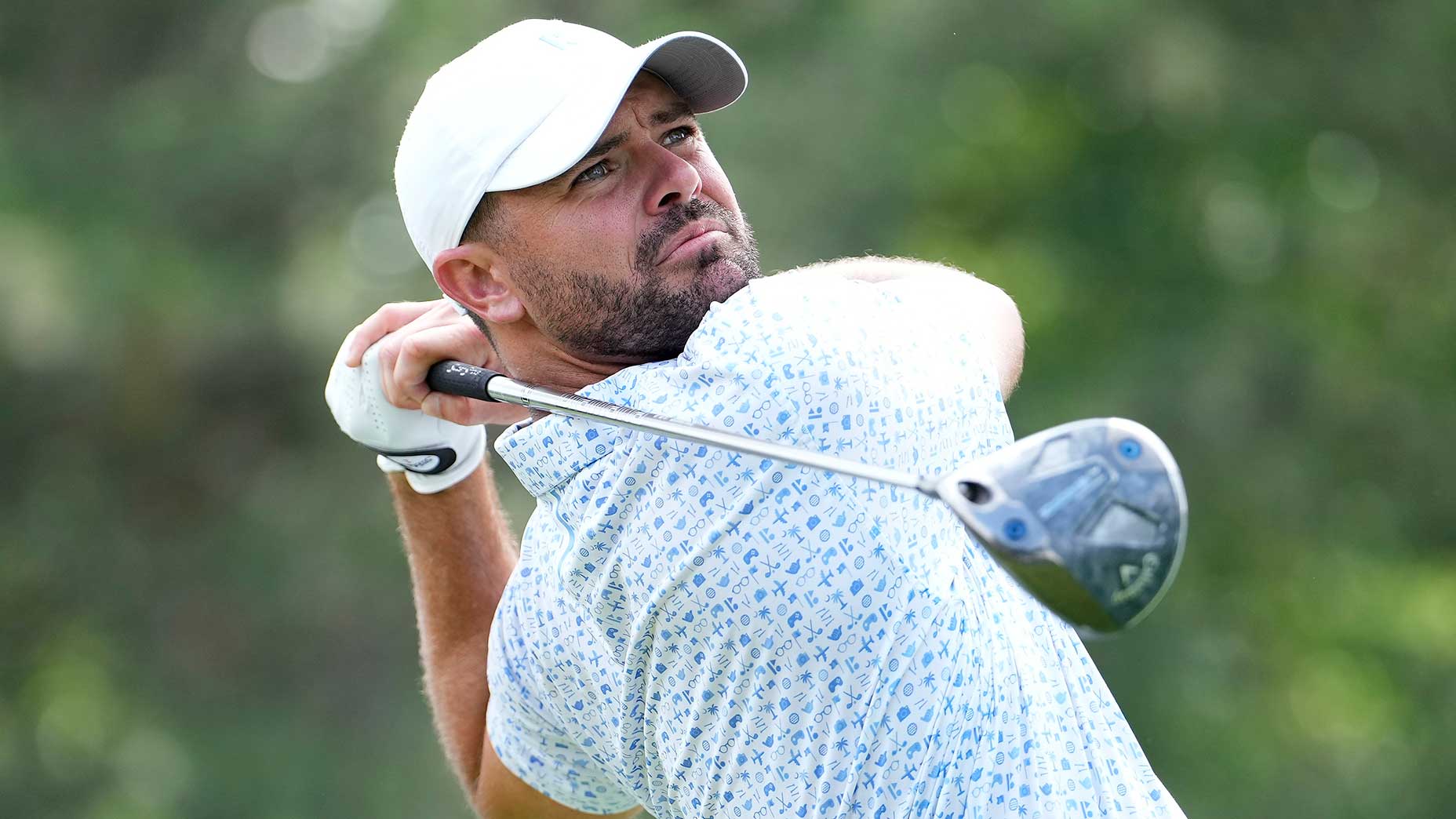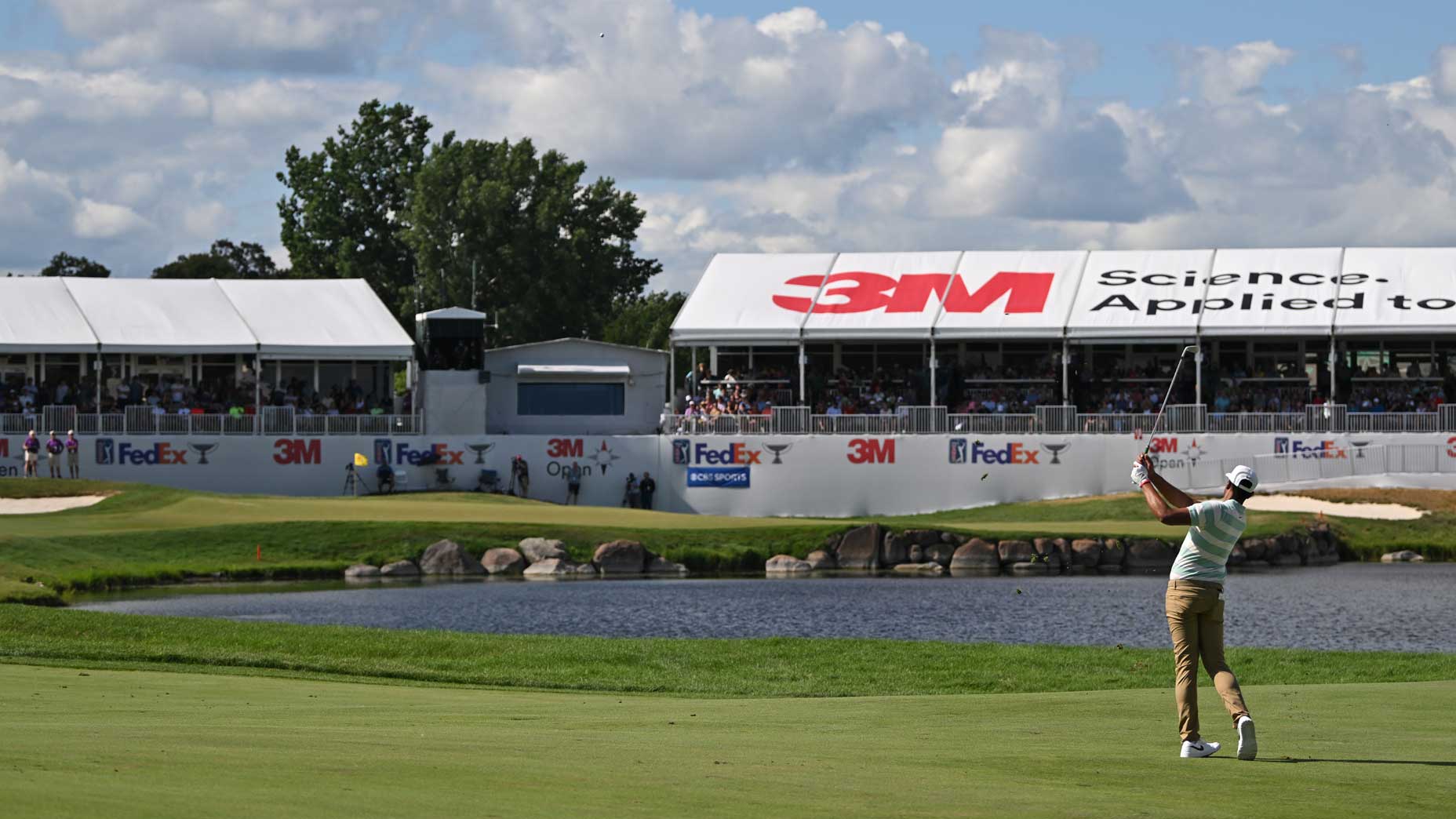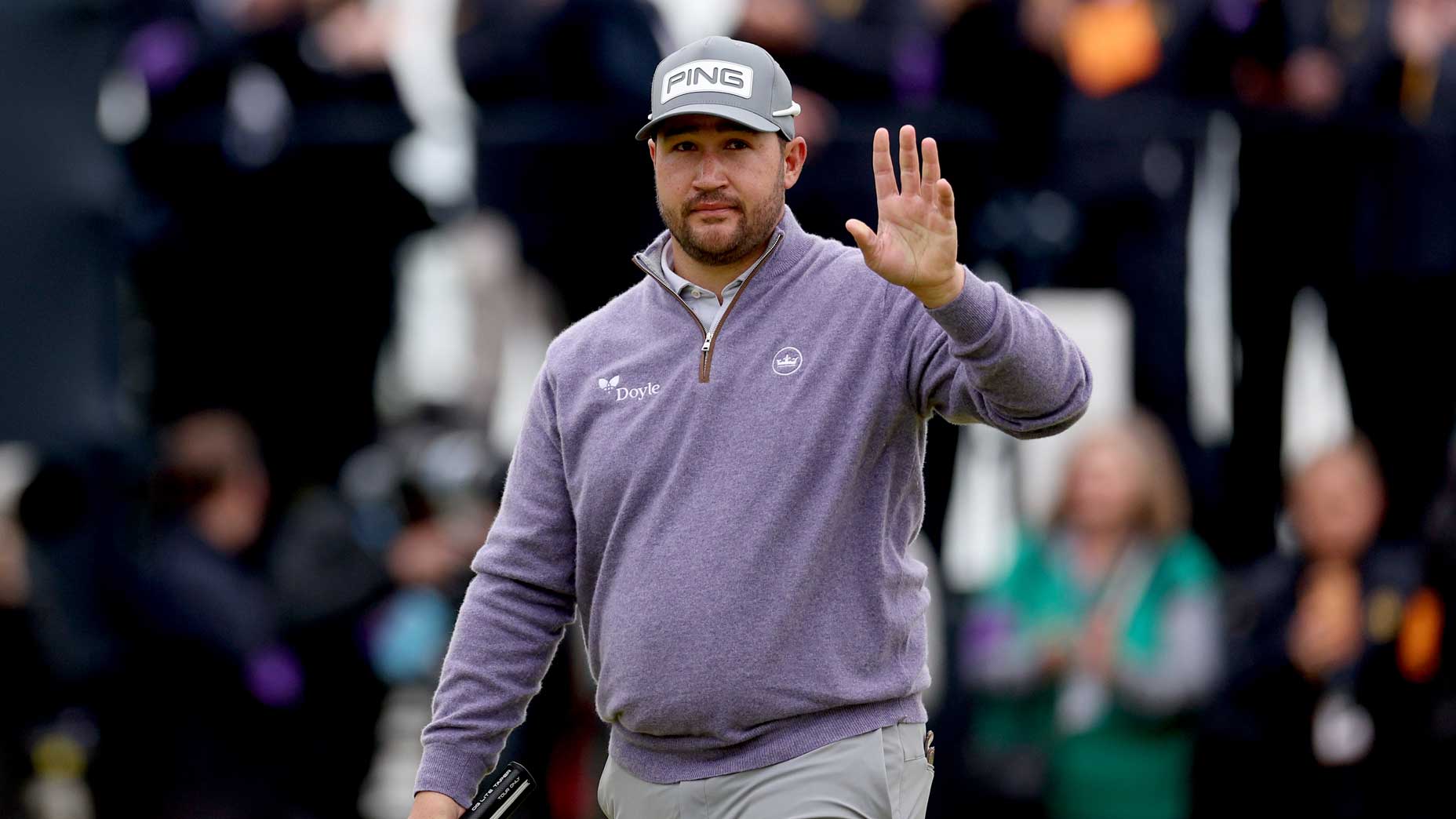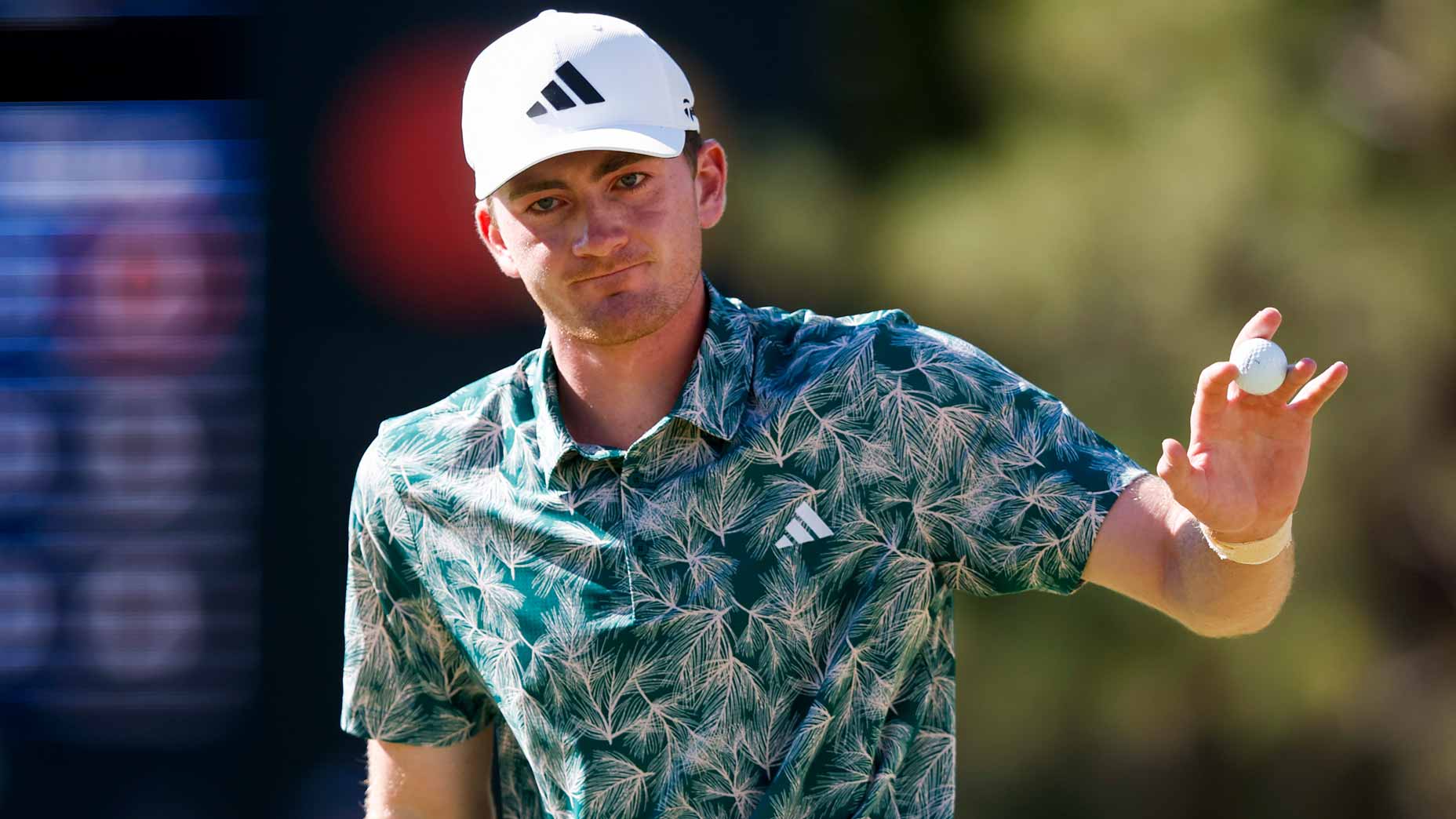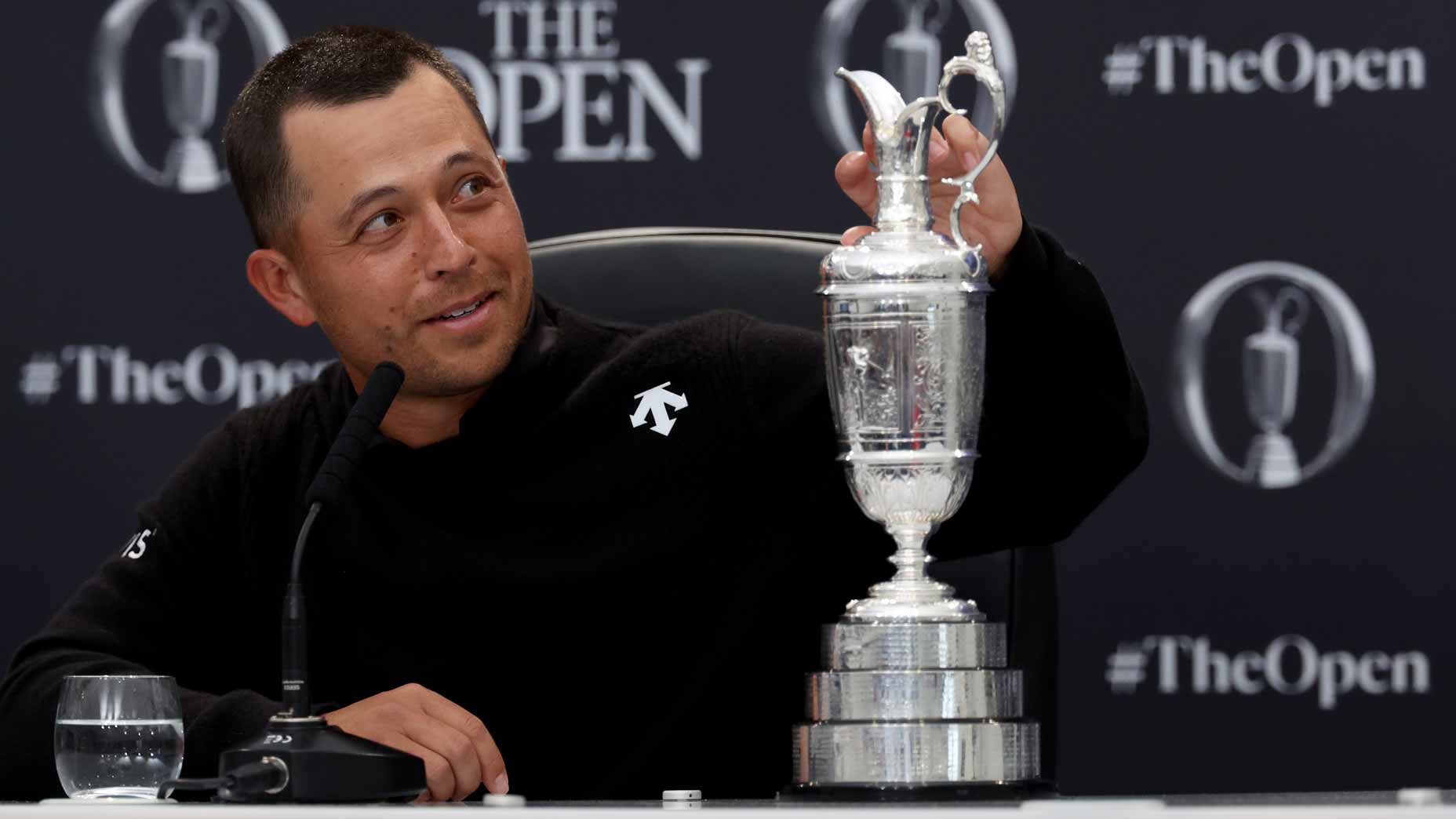The PGA Tour’s revamped schedule has 1 controversial flaw
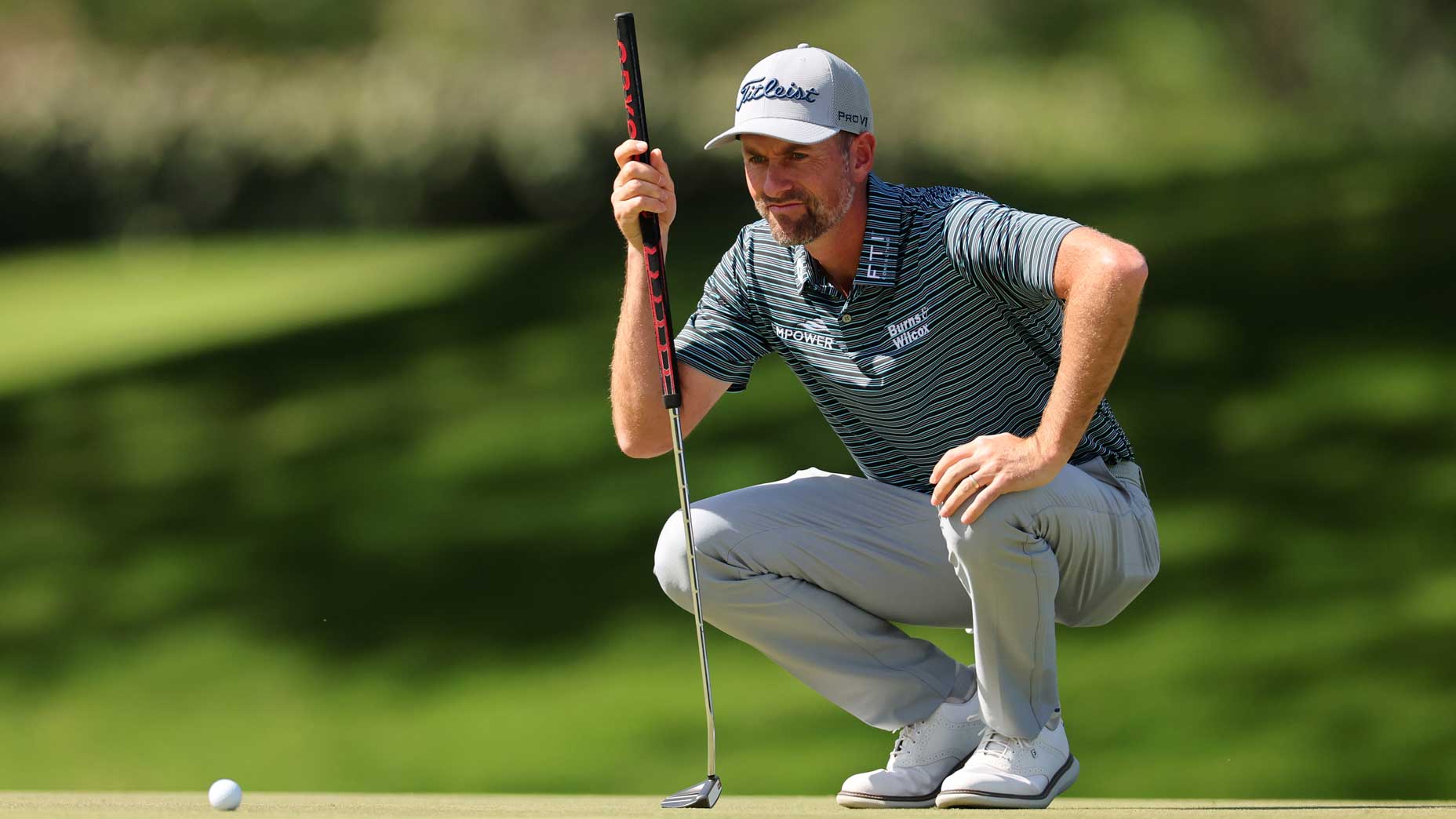
Webb Simpson is playing on a sponsor's exemption at Pebble Beach this week.
Getty Images
Winter is bound to feel a bit colder this month for some of the best golfers in the world, because there just aren’t enough spots in PGA Tour events to keep everyone happy.
This week’s AT&T Pebble Beach Pro-Am kicks off a three-week stretch where the 35th-, 57th-, 88th- and 121st-ranked players in the world will have to look elsewhere to ply their trade. That’s Ryan Fox, Thorbjorn Olesen, Victor Perez and Ben Kohles, respectively. You could add No. 64 Robert MacIntyre, too. Most of the entire month of February will pass before those gents, who all have full status on the PGA Tour, can actually show up to play a Tour event. These are the trickle-down effects of the new Signature Event series.
The new schedule was widely lauded 11 months ago, when the Tour announced it would be designating $20 million purses and additional FedEx Cup points to a set of eight specific tournaments. The structure would serve to reward the best performers from the prior year as well as create can’t-miss fields for local fans to see in person, and golf fans at home to tune in for. But one important detail of the series has come at a cost: The fields largely are limited to about 80 players.
Tour fans have known this, and Tour players have obviously seen it coming, but when those limited-field events are positioned close to one other on the calendar, it creates a vacuum of opportunity for other Tour members like, say, the 78th-ranked performer on the FedEx Cup last season (Shane Lowry), or the top 10 performers from the DP World Tour or simply the top-ranked graduate from the Korn Ferry Tour.
In this instance, the 80-player Pebble Beach Pro-Am is followed by the WM Phoenix Open and the Genesis Invitational, the latter of which also will fall into the 70- to 80-player camp. The Phoenix Open, due to lack of daylight in Arizona in February, is limited to just 132 players and has filled up like no event we’ve seen in recent years.
Ben Kohles was that top graduate from the KFT, a place he carved out with two wins and eight top 10s during his 23-event KFT season. That is plenty good enough for a Tour card, but not good enough to get him into the Phoenix Open next week. The same fate is destined for all 10 graduates from the DP World Tour, save for Matthieu Pavon, who will fly the flag for all his European brethren after winning the Farmers Insurance Open Saturday.
Simply put, the feeder processes that the Tour has established to bring the best talent of the world into its membership are hitting a roadblock this month, the second of their guaranteed eight months as members. Rest assured, this doesn’t sit well with the European half of the strategic alliance. Their origin circuit has an event of its own this week, but none of the players missing out in Monterey are on their way to Bahrain.
High demand for spots isn’t new to the top level of men’s pro golf, but it’s more intriguing than ever, because demand for these events is interconnected like never before. Fewer spots in the Pebble Beach Pro-Am push that demand down to the Phoenix Open. Players on the outside looking in are being forced to bide their time until the Mexico Open for their next chance at FedEx Cup points. The Mexico Open surely loves that. Lower-ranking Tour members surely do not.
The Tour itself has communicated with players that it may increase field sizes of the Valspar Championship, the Texas Children’s Houston Open and the Valero Texas Open from its standard 144 to 156 spots just to accommodate the expected demand for playing spots. But when asked about the possibility of that move, Valspar Championship tournament director Hollis Cavner said the tournament has no plans to increase its field beyond 144, citing the lack of daylight hours in mid-March. It’s already difficult enough to get 144 players to play two rounds in two days, let alone adding four more threesomes to the tee sheet.
Demand for field spots is a good thing for tournaments, but it has other side effects, too, including placing under a microscope the invitations doled out by sponsors. Those invitations are a departure from the rest of the field in that they aren’t necessarily earned on merit from 2023 performances. As Webb Simpson detailed earlier in January, the four sponsor’s exemptions earmarked into each Signature Event have suddenly inspired letters and requests from players who have not previously needed to campaign for themselves.
“[The Genesis Invitational] is the only one I didn’t write a letter to because it’s my son’s birthday that week,” Simpson said. “I’ve told [tournament host Tiger Woods] before I hate missing it because I do love Riv and supporting him, but I’m not going. Yeah, I’ve written letters to everybody.”
Whom a tournament sponsor invites under that exemption is completely up to tournament directors, so long as the invited player qualifies under a specific set of criteria made to produce a stronger field. Unsurprisingly, those spots are already receiving plenty of scorn online. This week’s exemptions have been granted to Maverick McNealy — a Bay Area-native sponsored by AT&T — plus Peter Malnati, Adam Scott and letter-writer Simpson, the last three of whom are player directors on the PGA Tour’s six-person Policy Board.
Those choices were immediately critiqued on social media — in part because social media exists for critiques, and in part because Gary Woodland did not receive an invite. Woodland is one of the most inspiring stories in pro golf at the moment, having recently returned to the Tour after undergoing brain surgery in 2023. Also, his U.S. Open win, which still grants him an exemption into essentially every non-Signature Event, took place at this week’s host course, Pebble Beach. For many people, a Woodland exemption felt right.
Sponsor’s exemptions will continue to face scrutiny as the season’s most exclusive events unfold. The Genesis Invitational will also have Scott in its field as a sponsor’s exemption, barring a victory that grants him an auto-bid into the tournament. He’ll be joined by Will Zalatoris and likely Tiger Woods himself, leaving a lone, final spot in the next $20 million tournament on the calendar.
The rebuttal to any grousing about these events — the exemptions, the Signature Events, the strain for tee times and a higher rank — is always play better. And to the Tour’s credit, it has instituted plenty of spots for those pros who are, indeed, playing better. The Aon Next 10 ensures the Tour’s top seasonlong performers gain entry into these fields. The Aon Swing 5 ensures pros from in-between events can play their way in, too. All together that’s 15 happy players who absolutely deserve it.
The only problem is how many envious others will be watching along.



